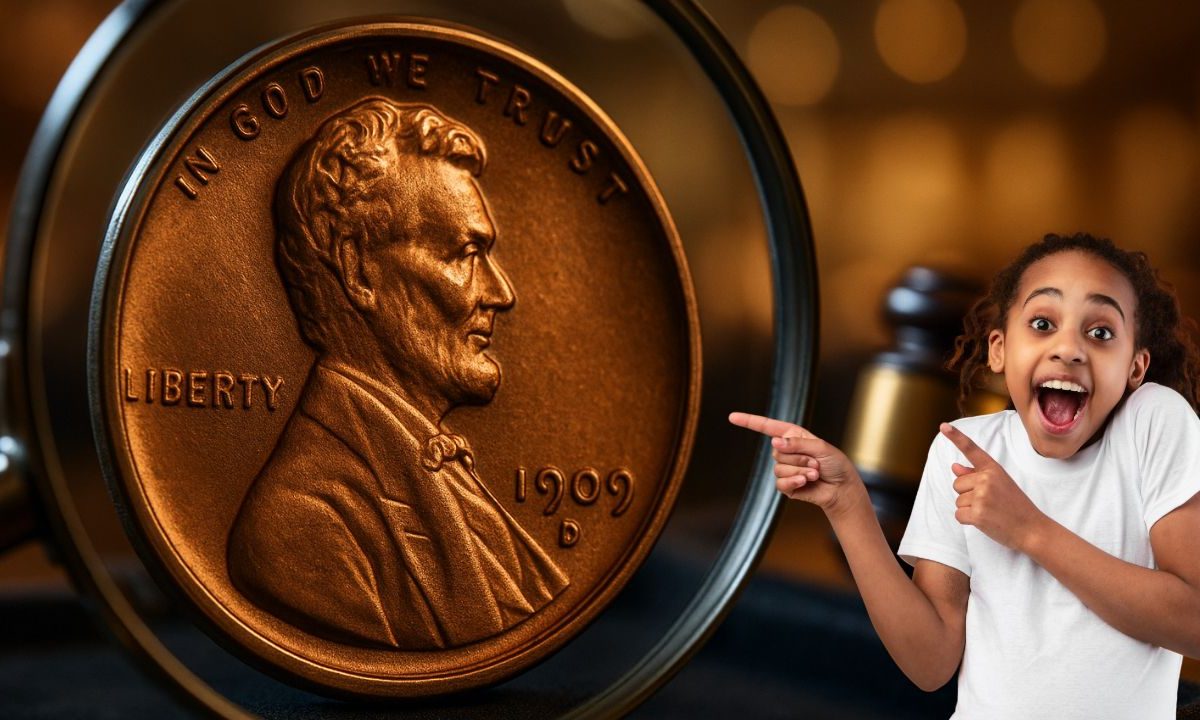Ever bought a latte and wondered if the coin you handed over was secretly worth a fortune?
That’s the buzz around a Lincoln Wheat Penny rumored to be valued at $14 million.
While it sounds unbelievable, the legend has collectors scouring their change.
Here’s a clear, SEO-friendly guide to the story, the facts, and how to check your pennies.
What Is The Rumored $14 Million Lincoln Wheat Penny?
The Lincoln Wheat Penny debuted in 1909 and is among the most collected U.S. coins.
Most examples are worth only one cent, but certain rare varieties and mint errors command sky-high prices.
A single penny whispered to have sold privately—or at least been valued—near $14 million has become a modern numismatic myth that keeps the hobby electrified.
A Short History Of Lincoln Wheat Pennies
Designed by Victor D. Brenner to honor Abraham Lincoln, Wheat cents were struck from 1909 to 1958.
The reverse shows two wheat ears, which gave the series its nickname.
Within this run are low-mintage dates, transitional errors, and doubled-die varieties that can be worth thousands to millions at auction.
Why Some Wheat Pennies Are Worth A Fortune
Value hinges on rarity, demand, and condition.
Wartime confusion during World War II produced famous mistakes: the 1943 Bronze Penny (a few bronze planchets were struck instead of steel) and the 1944 Steel Penny (leftover steel planchets used by accident).
Because only a handful exist, collectors pay extraordinary amounts—fueling the belief that a one-of-a-kind error could reach otherworldly prices.
Famous Wheat Pennies To Watch For
| Year & Type | Unique Feature | Value Estimate |
|---|---|---|
| 1909-S VDB | Designer’s initials, low mintage | $1,000 – $50,000+ |
| 1914-D | Scarce in higher grades | $2,000 – $100,000 |
| 1943 Bronze Penny | Wrong metal (bronze) during WWII | $100,000 – $2M+ |
| 1944 Steel Penny | Transitional error, very few known | $75,000 – $1M+ |
| 1955 Doubled Die Obverse | Strong doubled lettering on the obverse | $1,000 – $100,000+ |
Rumor watch: Some believe the “$14 million penny” is an ultra-rare 1943 bronze or a unique mint error never officially documented.
Could A Mega-Value Penny Still Be In Circulation?
It’s unlikely, but not impossible. Many rarities are removed quickly and sold through dealers or auction houses, yet coin-roll hunters still score surprises from bank rolls and pocket change.
That slim possibility keeps the legend—and the hunt—alive.
Fast Facts Feeding The Hype
- Only 20–30 examples of the 1943 bronze are believed to exist.
- A 1943 bronze once sold for about $1.7 million.
- A 1944 steel reportedly brought nearly $2 million.
- Experts say undiscovered rarities may still surface.
How To Spot A Potential Winner
- Check date + metal: A 1943 copper/bronze or 1944 steel is a red-flag rarity.
- Look for doubling: The 1955 doubled die shows obvious doubled letters.
- Grade matters: Higher condition coins fetch exponentially more.
- Try a magnet: Steel sticks, copper doesn’t—a quick authenticity clue.
The tale of a $14 million Lincoln Wheat Penny blends numismatic fact with collector folklore, but the core message stands: rare errors, low-mintage dates, and high-grade examples can be life-changing.
With a careful eye—checking dates, metal, and condition—your next handful of change could reveal a genuine treasure.
Even if you never find a seven-figure cent, learning to spot key varieties makes the hobby more rewarding, and you’ll never look at your pennies the same way again.
FAQs
Is The $14 Million Penny Real?
Not officially. No Lincoln Wheat Penny has been publicly confirmed at $14 million, though rumors of private valuations or sales persist, especially for unique mint errors.
Which Dates Should I Look For In Wheat Pennies?
Focus on key dates and varieties such as 1909-S VDB, 1914-D, 1922 No D, 1943 Bronze, 1944 Steel, and 1955 Doubled Die Obverse.
Can I Still Find A Valuable Wheat Penny In Change?
Rare—but possible. Coin-roll hunting, checking bank rolls, and examining your pocket change occasionally turn up valuable varieties, especially if you know the signs to spot.

